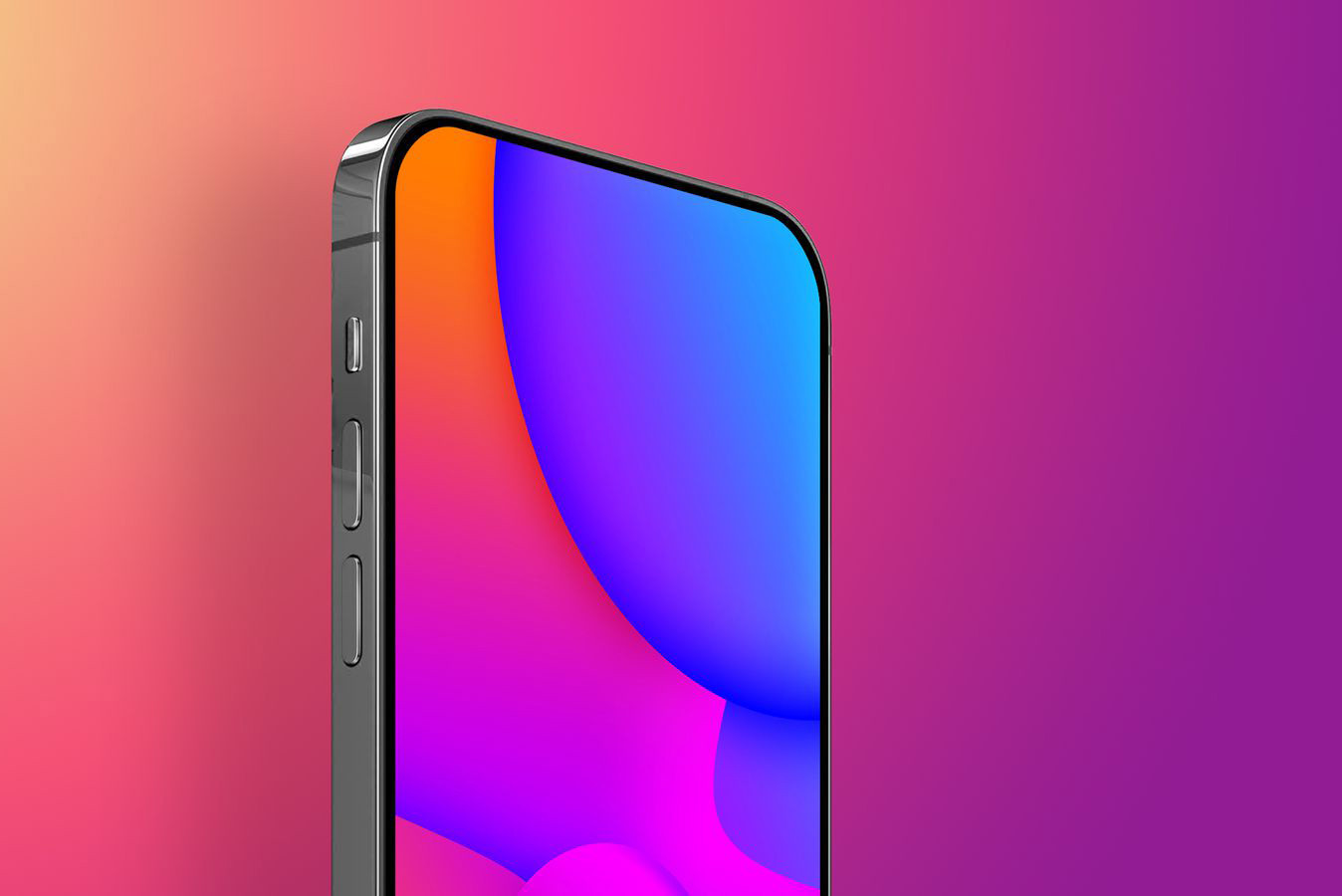As part of a significant iPhone redesign, Apple is reportedly working on a look that incorporates more glass - possibly pointing to a front design that’s entirely display.
The journey toward a full-screen iPhone

Gurman recently reported that upcoming iPhone Pro models could feature a smaller Dynamic Island by 2026 or 2027, as Apple gradually shifts more front-facing components beneath the display.
It remains unclear whether the front camera or the TrueDepth system (used for Face ID) will be hidden first, but display analyst Ross Young stated that under-display Face ID is planned for release in 2026.
If accurate, Face ID could arrive under the display as early as the iPhone 18 Pro and 18 Pro Max, expected next year. In that case, the Dynamic Island would shrink but still exist to house the selfie camera in a small hole.
The next step, possibly in 2027, would involve moving the front-facing camera beneath the screen, enabling Apple to achieve a true full-screen design - a long-rumored goal. This timeline aligns with Ross Young’s 2023 forecast.
A source on Weibo, Digital Chat Station, also revealed that the iPhone 17 and 18 models will retain the Dynamic Island, but Apple could complete the seamless screen transition with the 2027 version.
Display tech innovation ties to foldable developments

Apple is believed to have already started testing the necessary technology to make this a reality. The company is working on an 18.8-inch foldable device prototype that reportedly uses ultra-compact metal-framed lenses to integrate Face ID components directly beneath the display.
Meanwhile, Apple’s long-rumored foldable iPhone - possibly launching as early as next year - is said to feature an under-display front camera and omit Face ID, instead using a side Touch ID sensor. If true, it would show Apple actively experimenting with multiple under-display camera systems - some with Face ID, others without.
These developments suggest that Apple may already possess the technology needed to conceal both the TrueDepth system and the front camera - the two main components preventing a fully immersive screen. This would be a major design milestone, aligning with the long-held vision of former design chief Jony Ive.
Technical challenges and breakthrough solutions
Of course, this leap can only happen if Apple overcomes significant technical hurdles. For Face ID to function beneath a screen, its sensors - especially the infrared ones - must operate through the screen layer without interference.
This is not a simple task with current OLED and LCD technology, both of which block or distort infrared signals.
However, several new display solutions are emerging to address this issue. Transparent OLED screens can let infrared light pass through specific zones, though they still suffer from brightness and sharpness limitations.
LTPO screens with pixels that can temporarily shut off may allow sensors to “see through” during authentication.
Another solution involves integrating an optical waveguide layer into the display to channel IR signals to and from the sensors with minimal distortion.
Apple could also adopt special IR-transmitting materials to create sensor zones that remain invisible while maintaining image quality.
Most likely, future under-display Face ID systems will combine several of these technologies to meet Apple’s standards for security, performance, and display clarity.

Under-display selfie camera almost ready
As for the front-facing camera, the industry has already made more progress. Many Android phones now include under-display selfie cameras, and Apple is believed to be quietly developing its own version.
An April 2024 report from the supply chain revealed that LG Innotek, one of Apple’s Korean partners, is working on an under-display camera that leaves no visible hole when inactive.
This system uses a freeform optical lens cluster to reduce image distortion and increase brightness, compensating for the light loss caused by having the camera beneath the screen.
iPhone’s 20th anniversary design ambitions
If Apple intends to celebrate the iPhone’s 20th anniversary with a hardware leap similar to that of the iPhone X in 2017 - which eliminated the home button and introduced Face ID with a notch - then a truly full-screen iPhone would be a perfect showpiece.
As for the naming, it remains unclear whether Apple will stick with its annual number progression (making it the iPhone 19 in 2027) or opt for a commemorative name like “iPhone 20,” similar to the simultaneous launch of iPhone 8 and iPhone X in 2017.
Either way, a full-glass, edge-to-edge iPhone would be a spectacular way to mark two decades of the most iconic product in Apple’s history.
Hai Phong